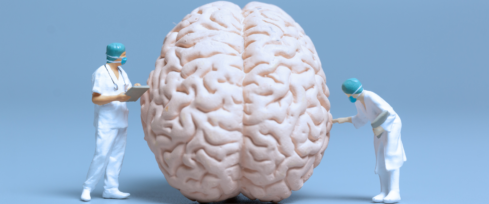Traumatic Brain Injuries: A Common Outcome:
A traumatic brain injury, commonly known as head injuries, are a frequent outcome in accidents involving children and teenagers. These injuries are the leading cause of permanent brain damage and death in this age group.
What Parents Need to Know:
Not Every Head Injury Leads to a Concussion:
- Parents often underestimate minor head injuries, especially in active children involved in sports. It’s essential to recognize that not every head injury results in a concussion; some may be more severe. Understanding the various types, including severe, moderate, and mild head injuries, is crucial.
Certain Age Ranges Are More Vulnerable:
- While all children face the risk of TBIs, the CDC highlights two significant age groups with higher susceptibility—children aged 0 to 4 and 15 to 19. Toddlers are still mastering physical activities, and teenagers engage in activities that increase the risk of accidents.
Symptoms Are Not Always Obvious:
- Identifying TBI symptoms can be challenging, especially in younger children who may struggle to communicate discomfort or pain. Symptoms vary from physical signs like headaches and vomiting to cognitive and emotional changes such as confusion, irritability, and mood swings.
Always Diagnose Any Form of Head Injury:
- Regardless of how insignificant a head injury may seem, seeking a medical evaluation is crucial. Diagnostic tests, such as X-rays, CT scans, and MRIs, can detect potential damage that may not be immediately apparent.
Treatment and Recovery:
- Advances in technology and neurological science have made treating TBIs more accessible. Treatment options range from surgery in severe cases to rest, observation, and pain management for milder injuries. Recovery varies in duration and may involve addressing issues like loss of muscles, incoherent speech, and concentration challenges.
Conclusion:
Being informed about traumatic brain injuries empowers parents to prioritize their child’s safety. As we transition into autumn, a season of change, let us carry this awareness forward. Recognising the signs, seeking prompt medical attention, and supporting our children through recovery are essential steps in ensuring their well-being.
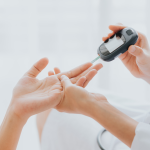
Managing a Diabetic Emergency
A quiet coffee break turned critical in seconds.Trauma nurse Catherine Rodwell shares how quick action—and a teaspoon of syrup—helped save a life during a sudden diabetic emergency. Whether you’re a parent, teacher, or just someone who wants to be prepared, this story is a powerful reminder of why first aid

Clear Vision: Eye-Injury Emergency Steps
Your eyes are delicate and exposed, making them especially vulnerable to sudden injuries — whether from chemical splashes or small foreign objects like dust, metal shavings, or wood splinters. Knowing how to respond quickly and correctly can protect vision, reduce damage, and prevent long-term complications. Here’s a simple guide to

Strap In for Safety: Master Baby Car Seat Use
A correctly installed, ECE-approved car seat is your child’s first line of defense on the road. Misuse or poor installation contributes to preventable injuries every year. This guide reflects South African standards based on ECE R44/04 and R129 regulations, so you can choose, install, and adjust your baby’s car seat
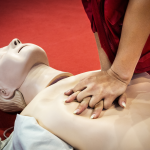
Why Everyone Should Learn CPR
In an emergency, the actions you take in the first few minutes can mean the difference between life and death. Cardiopulmonary resuscitation (CPR) is one of the simplest and most effective ways to help save a life — and yet, many people still don’t feel confident enough to use it
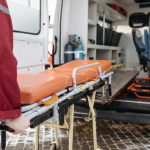
Who & When to Call Emergency Services
In an emergency, every second counts — but knowing when to call for help can make all the difference. Whether it’s a medical crisis, accident, or unexpected health scare, many people hesitate or second-guess themselves in the moment. That delay can be dangerous. The truth is, it’s better to call
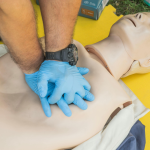
Top 5 CPR Myths Debunked!
When it comes to CPR (Cardiopulmonary Resuscitation), misinformation is everywhere. These myths can prevent people from stepping in to help when every second counts. At Survival CPR, we believe knowledge is power—and in this case, it could be life-saving. Separate fact from fiction and empower yourself to act confidently

About
Welcome Founded in 2001 by Sister Catherine Rodwell, a seasoned trauma and ICU expert with extensive experience in medical evacuations across Africa, Survival® CPR is dedicated to empowering individuals with life-saving skills. Her mission is to equip parents, nannies, childminders, teachers, and employees with the knowledge and skills to respond

Scholars CPR and First Aid Course
Scholars CPR and First Aid Course Children can save lives! Our Scholars CPR and First Aid Course is tailor-made for young children from the age of 9 to 18. This vital course will enable young and older children to know how to handle an accident or emergency involving children and
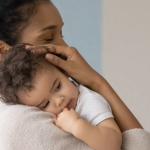
Baby and Child CPR and First Aid Course
Baby & Child CPR and First Aid Course Our Baby and Child CPR and First Aid Course is tailor-made for parents. This vital course will teach a parent how to handle an accident or emergency involving babies and children. You will learn how to handle all First Aid emergencies as


